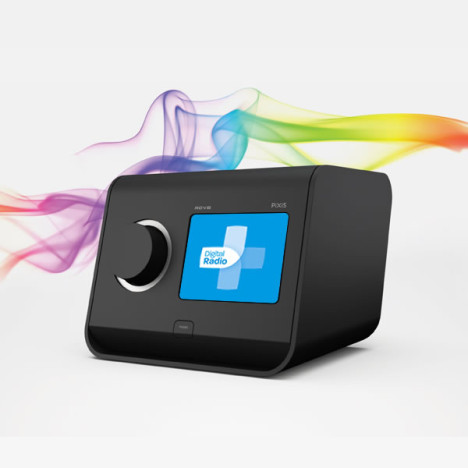Has digital radio come of age?
This week, the third DAB+ radio ratings survey of the year was released. As we look back on the figures, Zoe Samios explores the current state of the digital radio market and asks if it’s reached maturity.
At the time, Joan Warner, chief executive officer of Commercial Radio Australia, attributed the growth to more than 30% of new cars installing DAB+ digital radio devices, making digital radio available to the mass market.



RN didn’t figure? ok. I can believe that actually. In Brisbane, RN is AM only, when I asked them, the ABC feedback person said the cost of FM metro licences made it untenable. Hmmm. Its on FM in Noosa. Anyway, the thing is AM sucks. It just sucks. I’m in a modern build steel and concrete with direct line of sight to Mt Coot-tha and I can’t get interference free AM reception.
Long story short: I had no intention of going DAB+ but I was driven there by the lack of capital investment in FM for my radio of choice. For the capital side, the DAB transmission cost is all about a small number of technology devices which are not that expensive, and bandwidth which the ABC already had, or could bid for nationally at sensible pricepoints, Had FM spectrum not been bid out of reach I might never have been driven to DAB.
In general AM transmitters are built on low-lying, swampy land and FM, TV and DAB built on top of mountains or the highest point around. Mt Coot-tha has towers for FM, TV and DAB. The 4RN (AM) transmitter is 17Km out of Brisbane near the Bald Hills Flats – a large flood plain. (Wikipedia). If your building has WiFi internet access you can receive ABC radio via an app on your smartphone.
I have been to many stores on the north side of Brisbane and NO ONE has a WORKING demo of DAB+. If you ask they mainly say you need to live around the city areas. Well living around Bribie Island and driving any suburbs here have no issues. Even at Caboolture, sales people have no interest to promote as they say it’s to unreliable. I have driven to almost Caloundra turn off on Bruce Hwy before I need say goodbye to digital and go to FM. So much choice on DAB+ but it’s just not being sold for it’s benefits. It may be killed off with apps like TuneIn as people get more data on mobile plans.
Cumulative audience by its very nature isn’t unique. That’s why it’s “cumulative”, a person has the potential to be counted by more than 1 station, in fact up to four stations each hour.
Yes that’s true Radionerd (to state the bleeding obvious!), but what is your point? The methodology isn’t a secret….
Cume reflects the overall reach of audience in a week that that station has engaged with.
It’s how many customers the burger shop has had in a week, regardless of how many burgers from other shops they’ve eaten across that week.
Advertising on radio is sold on reach and frequency to achieve maximum impact for as much of that station’s cume as possible.
Station share is specific quarter hour listening by unique audience. But I assume you knew that because you’re a radionerd…..
My point is, the article clearly calls cumulative audience unique.
But you knew that.
DAB is totally hopeless. It uses the UHF/VHF radio spectrum and is subject to interference from trees, buildings and wind – that is why they have never sold cars with television sets. No amount amount of repeaters will change the basic problem that they are _using the wrong part of the radio spectrum_.
Digital radio should be simulcast on the FM radio spectrum – as it is in USA. This is not affected by wind or buildings.
If it was only about reporting on commercial radio, it would make sense. But why include Triple J Unearthed as the sole ABC station? Double J, ABC Jazz and Grandstand are DAB+ only stations which outperform Unearthed, so why don’t they figure in the reporting? It’s like the final page of the report was left on the printer.